Human memory
Lesson Intro
Here are some numbers: 87, 34, 982, 104, 33. See if you can memorize them.
The goals
-
Understand how memory is about association
We need to connect the dots to remember things well (in most cases).
-
Humans have limited memory
Can you remember those five numbers we talked about still?
-
Computers can do things we can't
Certain things aren’t worth remembering, and we can’t really remember them anyway. So – we found some other ways.
-
We can do things computers can't
So, it makes sense to split up the work.
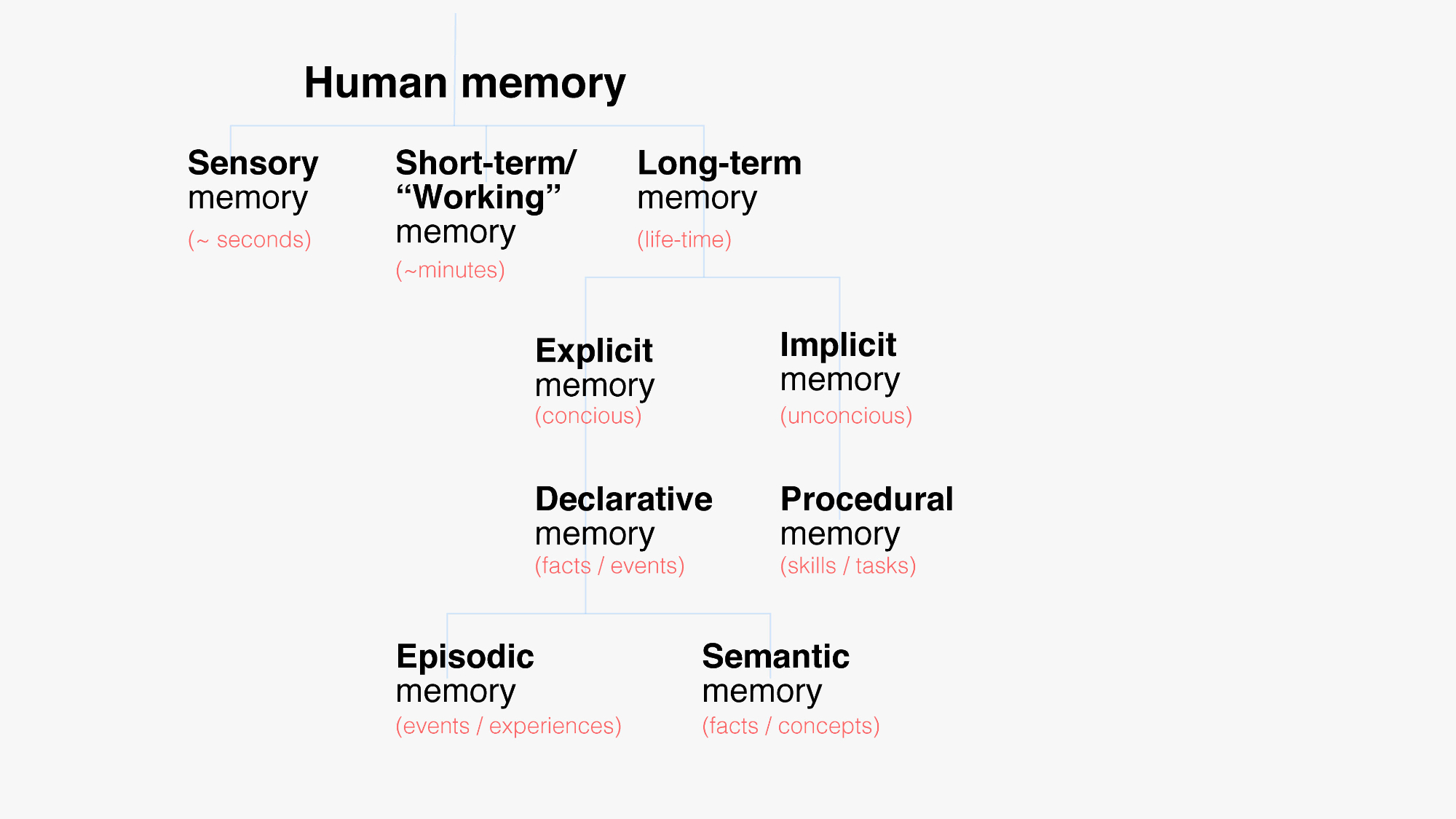
Types of memory
People have decided that there are three types of memory and in those types, there are some categories.
We’ll spare you the long version: There are things you can remember for a short time, like those numbers you saw earlier and probably don’t remember anymore (Short Term Memory). There are longer-term memories like the name of your elementary school or the city you grew up in (Long Term Memory).
Procedural memory is how you remember to ride a bicycle or open a door without thinking about it consciously. Declarative memory is about facts. Semantic memory is about meaning.
If we were to rattle off 40 numbers, you wouldn’t be able to remember them or add them up or multiply them in real-time, right? (few people can)
Could a computer remember the smell of a flower and the sounds of birds in a field just after a rainstorm?
Storing data
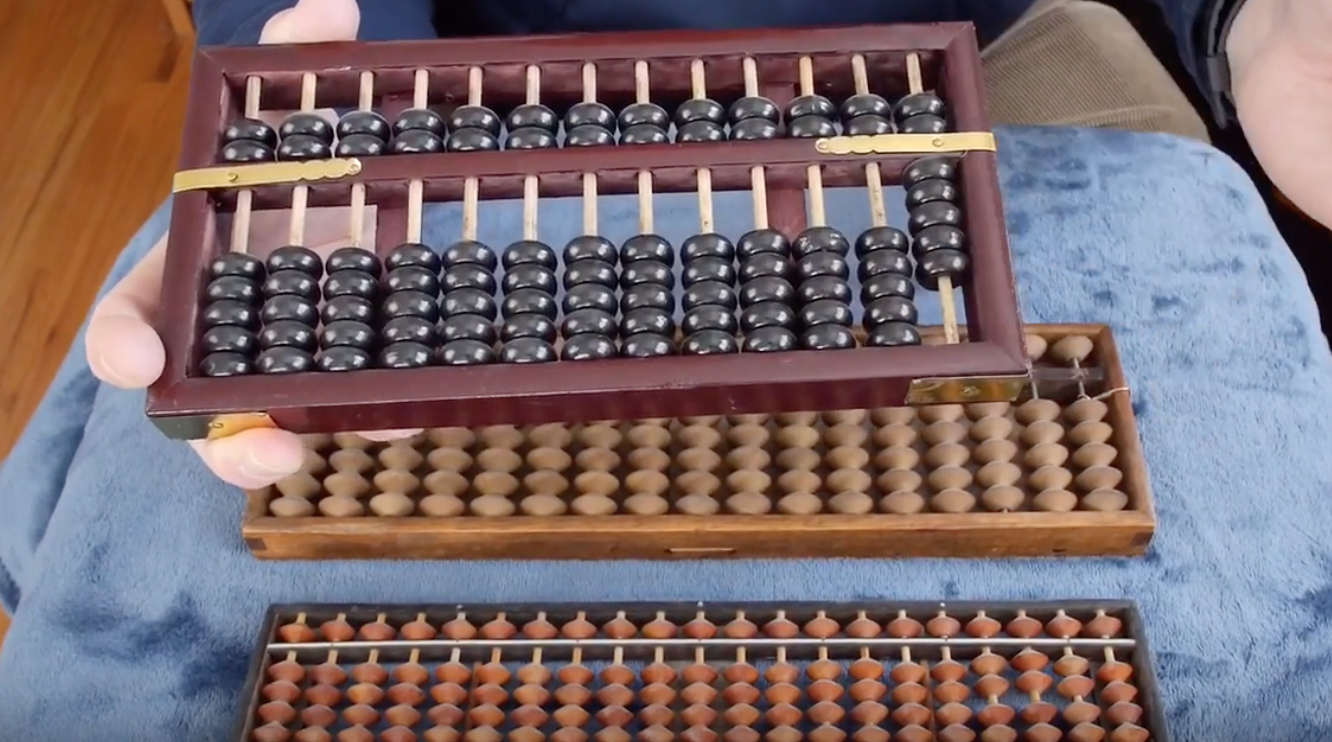
You can really only remember 5-7 things at a time with short-term memory.
People would make little marks in wood or tie knots in a rope to help “store” numbers so they could keep track of things. These rows of beads on an Abacus let you store numbers so that you don’t have to keep them in your short-term memory. You can add 20 numbers together by just using a little of your short-term memory at a time.
You can take a number (271 apples) and while it’s in working memory turn your body and note 271 to the abacus. Now you can forget that number entirely because it is recorded already on the machine. Then, you can turn back around and get the next number (139 apples) and add that number to the abacus.
Now you don’t need to remember either of those numbers because you’ve already added them to an external memory system. You just have to read the total. There should be 4 hundreds, 1 ten, and 0 ones. So, who cares what those numbers were? We know that we have 410 apples. (Although, if you had to go back and check, that wouldn’t be very easy – so you might write it down as you go?)
How things connect
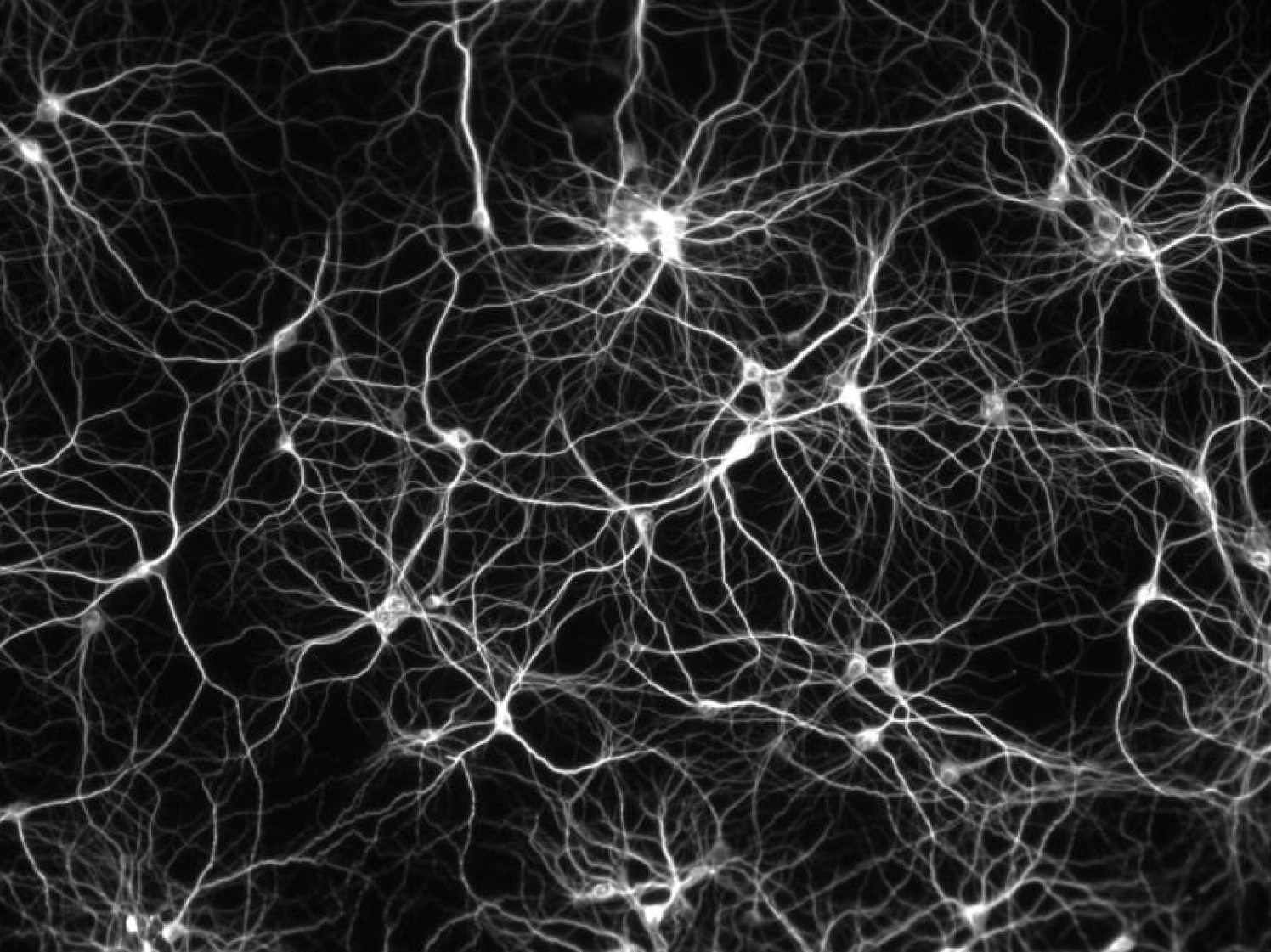
?
You have all of these things that you can remember. But every time you remember something, you are rebuilding it. It’s pretty weird… and a lot of people don’t like to believe that.
The way you recall them is by using signifiers and landmarks. I can remember many little bits that allow me to map out enough landmarks to build out a story I can tell myself.
Here are some good Radiolab episodes about memory:
- This one is just a clip that’s only 3 minutes long. So at least listen to this one: https://soundcloud.com/matt-glenn-sound-design/what-is-a-memory
- The full episode: https://soundcloud.com/radiolab/memory-and-forgetting
Humans have a mysterious and wonderful way of cobbling things back together. Computers don’t do that. Computers have explicit (fully developed or formulated) sets of data that can be recalled exactly every time. This is really really good for arbitrary things like numbers, or really large sets of information that humans wouldn’t want to remember.
While the computer can remember vastly more things than we can there is a limit. There are a few different types of memory involved with a computer – but we can talk about that later.
Some people say they can remember being a baby. They get really mad when I suggest that they actually can’t. I’ll probably talk about that later… but it’s unlikely that you can remember anything before you knew a language because we seem to store our memories in our native tongue. Does your internal voice speak to you? Mine definitely speaks English. Scientists believe our memories start around 3 because that’s when we learn to speak. We have to connect the ‘things’ to other ‘things’, and if we don’t know how to refer to anything… then it would make sense… but the jury is still out. What do you think?
The computer doesn’t know anything until we describe enough things to create a shared language.
Mind Palaces / Memory palaces
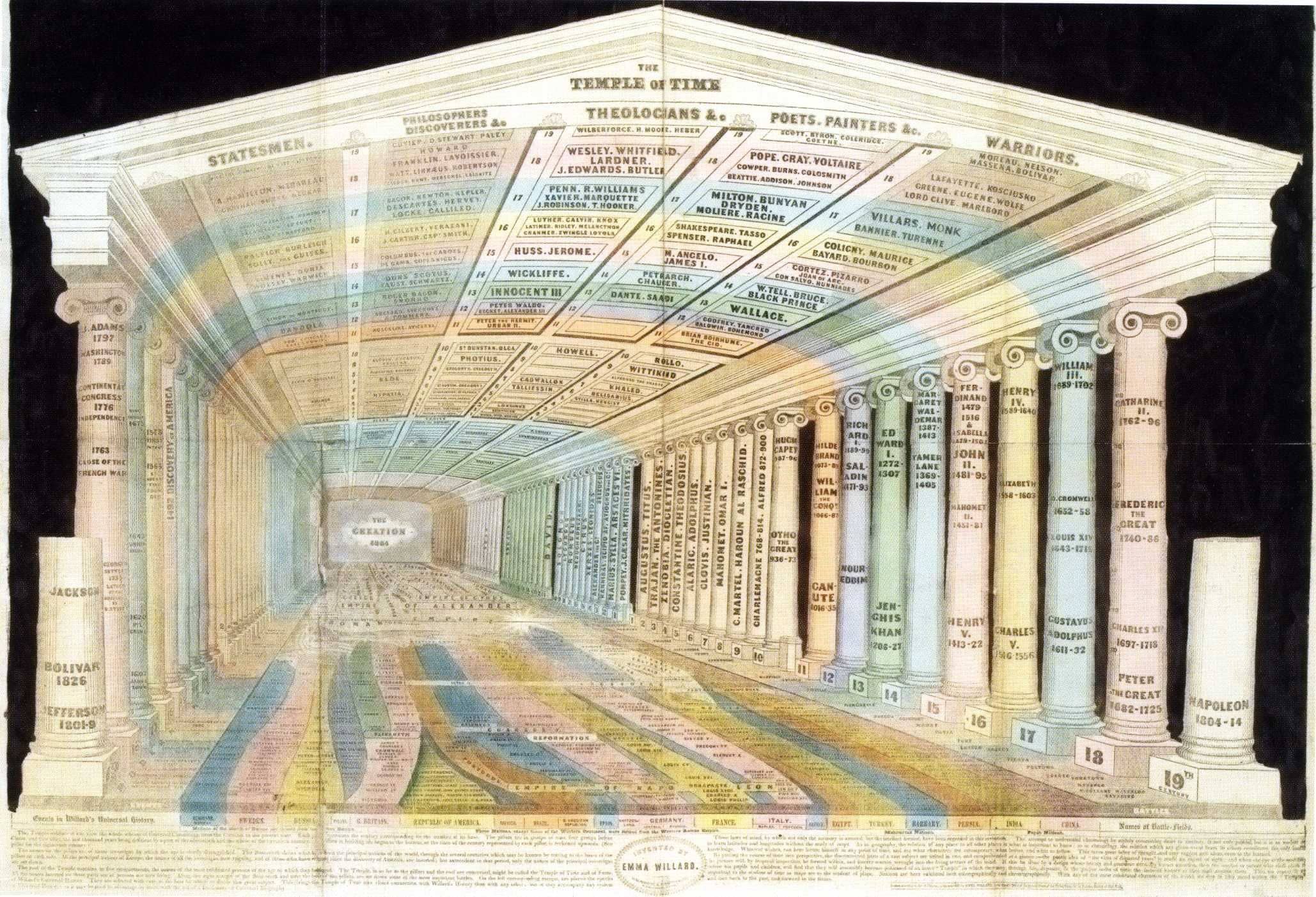
For some reason Joel thought of me when he heard this podcast and sent it to Ivy.
I’m no Sherlock Holmes, but I’ve read about these “Mind Palaces” and have always been interested in ‘memory’ and how we store information.
I heard a podcast (probably Radiolab) where they talked to some people in a tribe and they could map out their entire neighboring landscape from a birds-eye view. When asked about it they said ‘of course we can, we just look at it from above’. I think about this all the time. I’ve also always been fascinated by Native American creation stories and generally how Shamanism and other information is shared over centuries.
In the past couple weeks (August 2019) I’ve been working on my own Mind Palace. I’m not sure if it’ll stick, but I think this little story is a good example of how it works. You don’t just make a ‘library’ in your mind and ‘walk in there’ and pick up the right imaginary book and read it and then just ‘know the answer’.
The other day I was looking up a diagram I was going to include in a later lesson. It took forever to find (xkcd.com is a hard address to remember). I wanted to buy this guy’s book. I’d been developing my Mind Palace (it’s more like a barn so far), and it looks like this:
Derek's mind palace
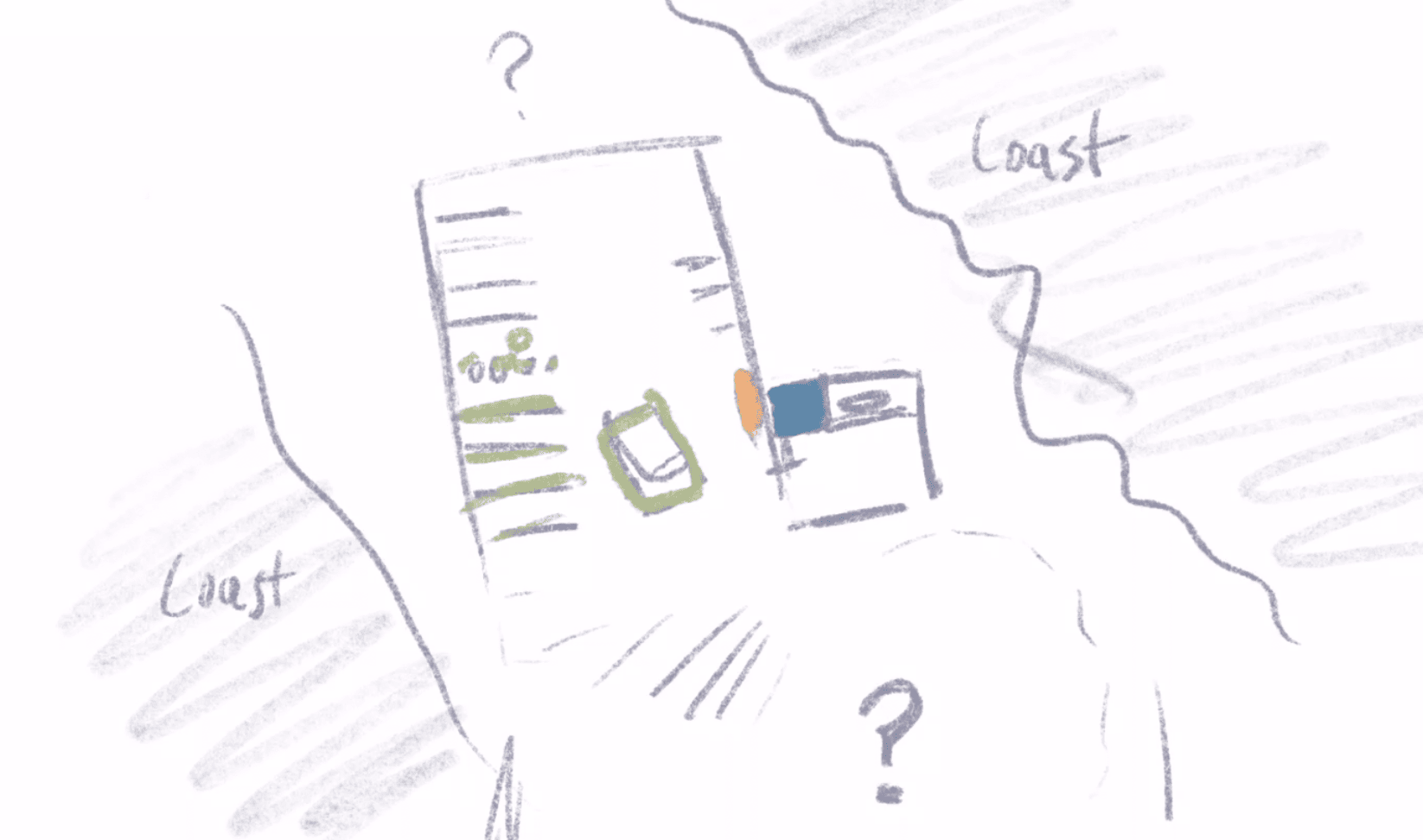
My Mind Palace is pretty abstract so far. I’ll show it a little more in the video, but the basics are that I have some imagined physical space. Currently, I’m spending most of my time in the greenhouse. I haven’t organized the plants very much. The house is still a blur. I’m spending most of my time relaxing on a leather day bed in the central area of the greenhouse. Off to the side is a little kitchen. It’s more like an artist type kitchen with a sink for dirt and paint. There’s a refrigerator in there where I have Ivy’s phone number in those brightly colored plastic magnets.
Some people suggest that you use a real place. They used to teach this technique in schools across the world as a normal way to remember large amounts of information. It just kinda faded out for some reason (which I am sure I’ll research further).
How you use it
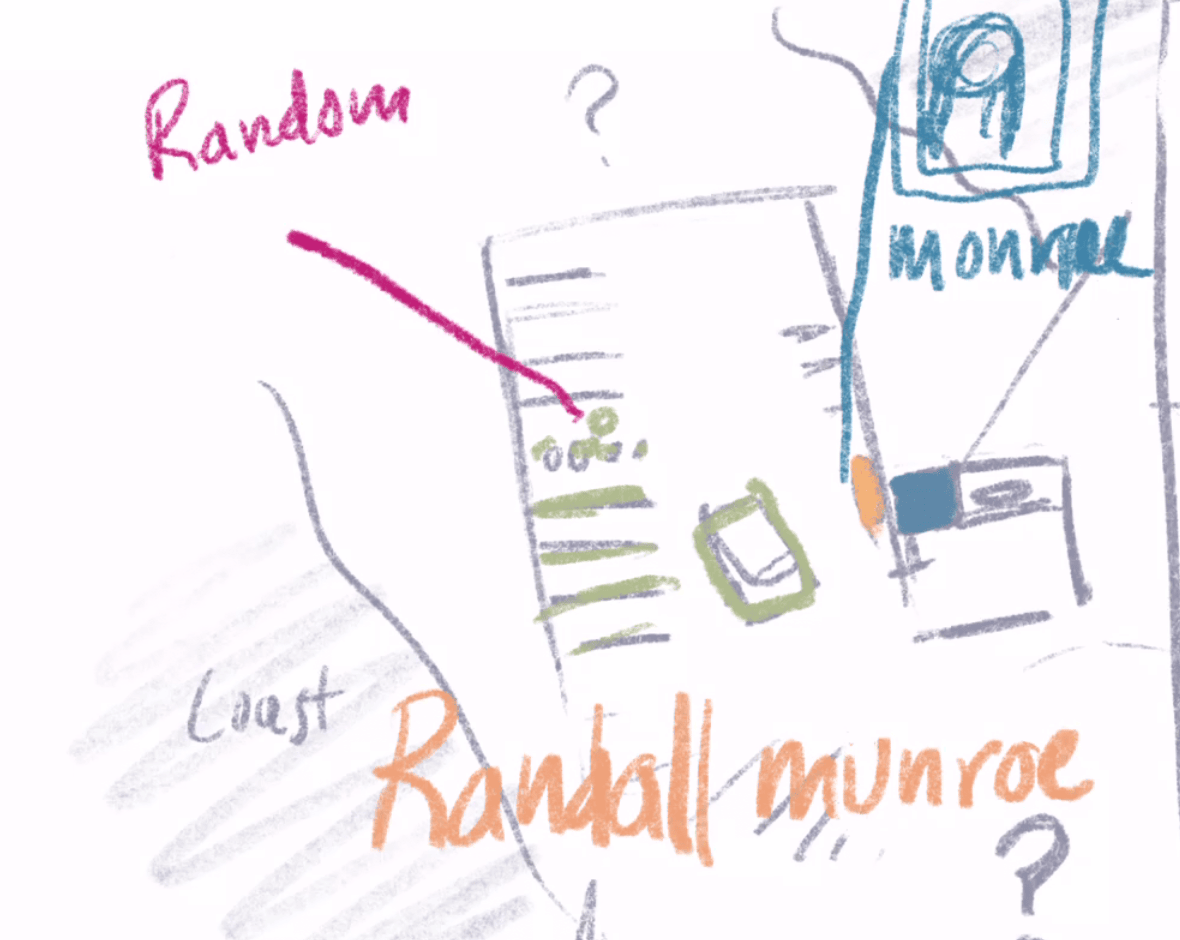
I needed to remember an author’s name because I wanted to walk over to the book store and buy the book. The author is Randall Munroe.
I didn’t walk over to my ‘mind palace library’ and write down his name… and store it in my library as it might seem like it was implied in that Temple of Time figure.
Instead, you use the things in the imaginary place as a way to forcefully connect dots to something that you wouldn’t normally have reason to. My first thought was that Randall and Munroe have strange spellings. So, Randall felt kinda random. Because I haven’t really organized my plants yet I thought of the word “random.”
Then I thought Marilyn Monroe. I didn’t have anything to tie to that yet. So, figuring that I might need to anchor to that time period later… I placed a painting of Marilyn on the wall near the door to the greenhouse kitchen. I can always move it later. So, instead of trying to figure out the author name I think:
“It was a weird one… plants… on yeah… they are random… and the painting… – and the words were spelled funny… Randall Munroe.
Weird, right! But spending that time to connect the names was enough to lock it in memory. Instead of remembering 2 words with no context… I remember the whole act of setting up a way to remember it. It’s wild. You do NOT have to do this type of thing, but I’m just using it as an example. The more connection points (smell being a big one) the easier it is to get it into long term memory and more importantly – to recall (remember) it.
Your brain is taking bits of experience and bouncing around to retrieve a final concept or collection of things.
It’s ok if that all sounds crazy. It’s just for fun. What I’m getting to next is much more simple. Computers are simple compared to humans.
Why can't we just write it all down?

This stuff all sounds like a mess! Can’t we just write it down? Well, we did. People compiled huge lists of all of the mathematical outcomes for everything they could think of.
The word “computer” is traced back to the early 1600s.
“A person performing mathematical calculations.”
But, the idea goes back much further. We used books like this to figure out what would happen to crops and more recently how to bomb people with missiles and how to steer fleets of ships and all sorts of complex decisions.
The problem is that the books they used to make the calculations were made by humans. Sometimes they made mistakes when they wrote them. Sometimes they make mistakes when interpreting them. Sometimes the fleet of ships crashed into a reef or a miscalculation destroyed the crops that year.
If you’re like me, you look at a table of math like this and things just go blurry. That’s ok! We aren’t going to use anything like that. I promise!
A more common example
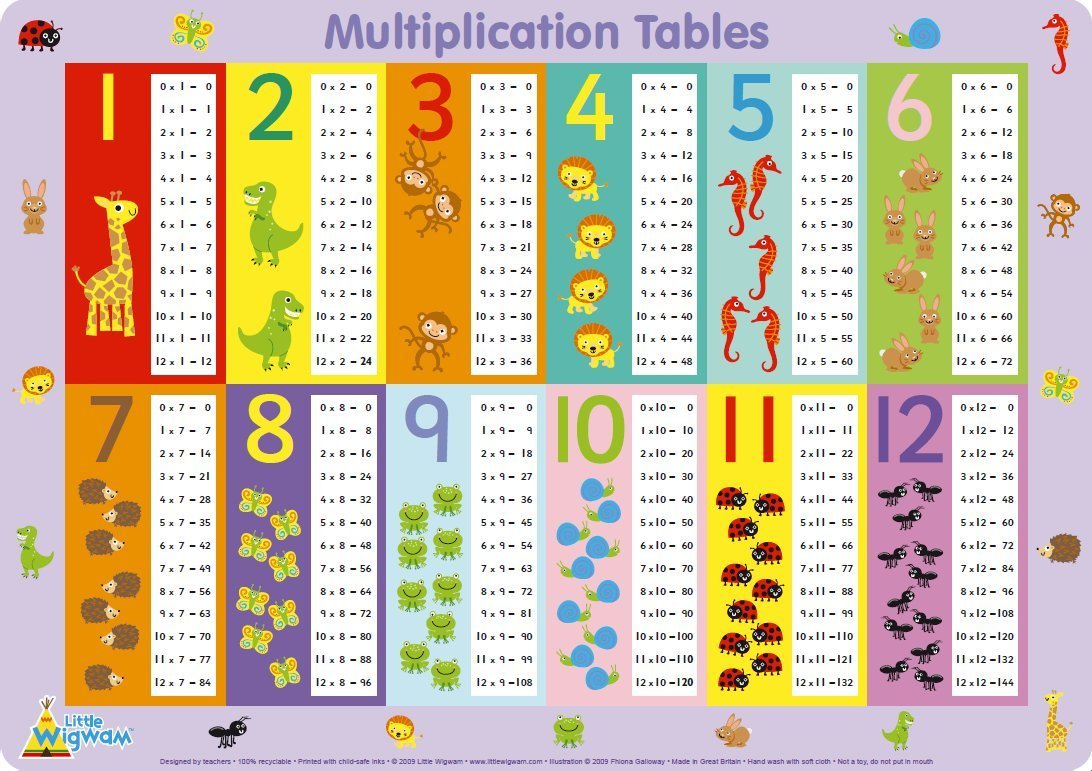
Try and relate to the Multiplication Tables you used in elementary school. These tables are less complex but conceptually they are the same. They are just a bunch of pre-worked out “math stuff”.
"Computers"
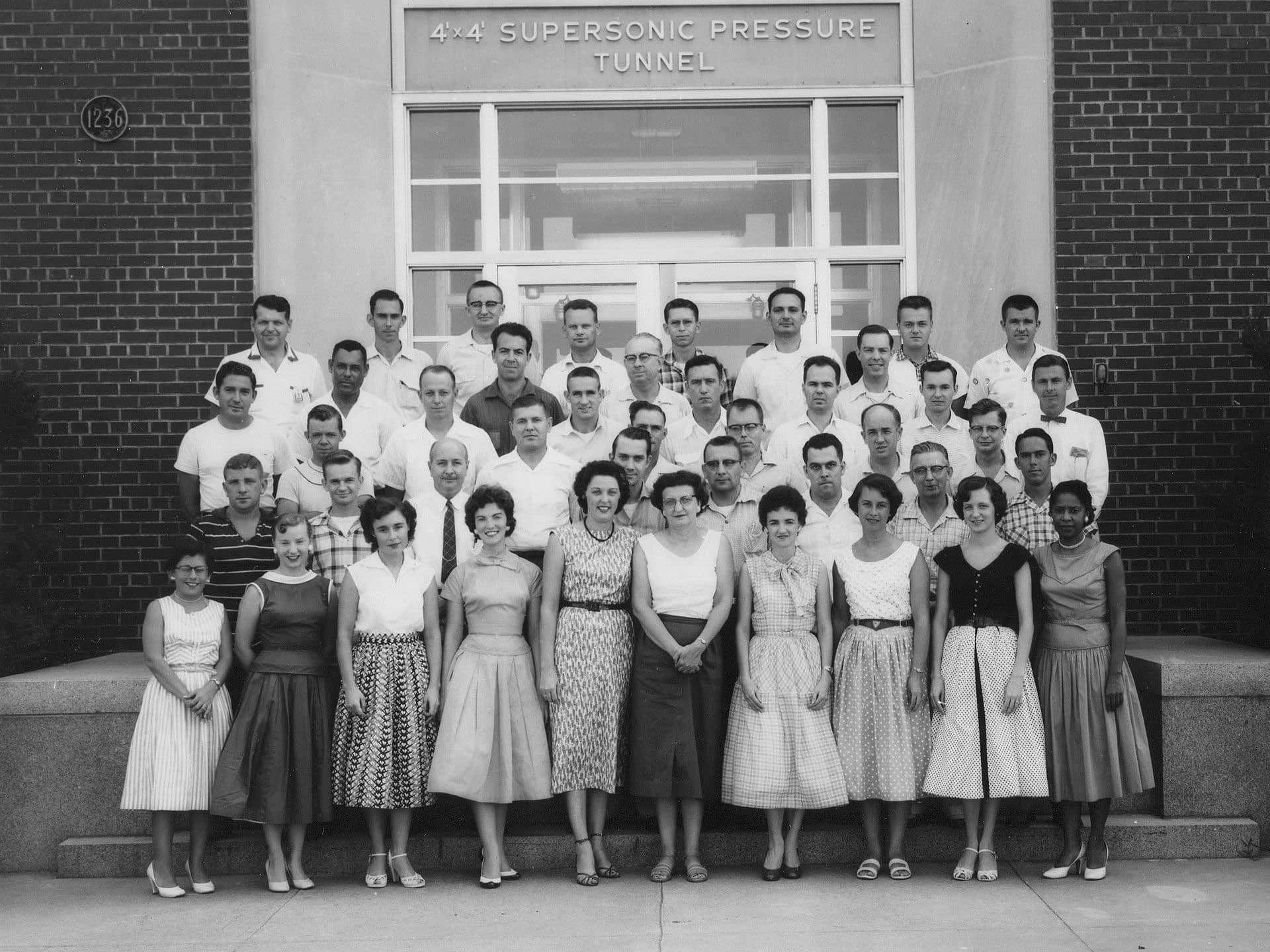
These were the “Computers” of the 1950s.
Calculation machines
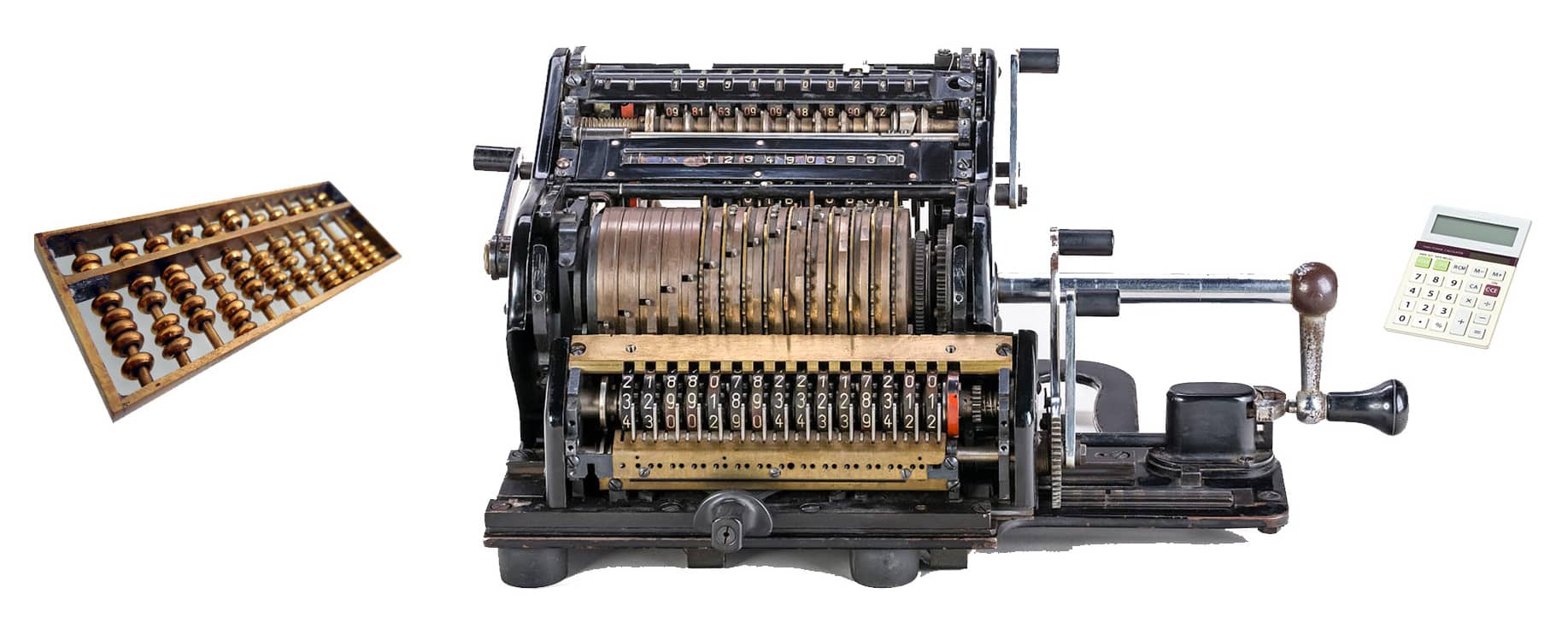
Using some sort of Calculation machine we were able to off-load the job of our short term memory and skip much of the books of math tables. This allowed us to focus on bigger issues and to avoid some of the mistakes. Keep in mind that these machines aren’t perfect, and they are built by the humans, so – there is always a chance for something to go wrong)
Before cell-phones, I had to remember all of my friend’s phone numbers. Now I can only remember 2. I’m not sure if offloading our human memories is always the best thing…
Optional
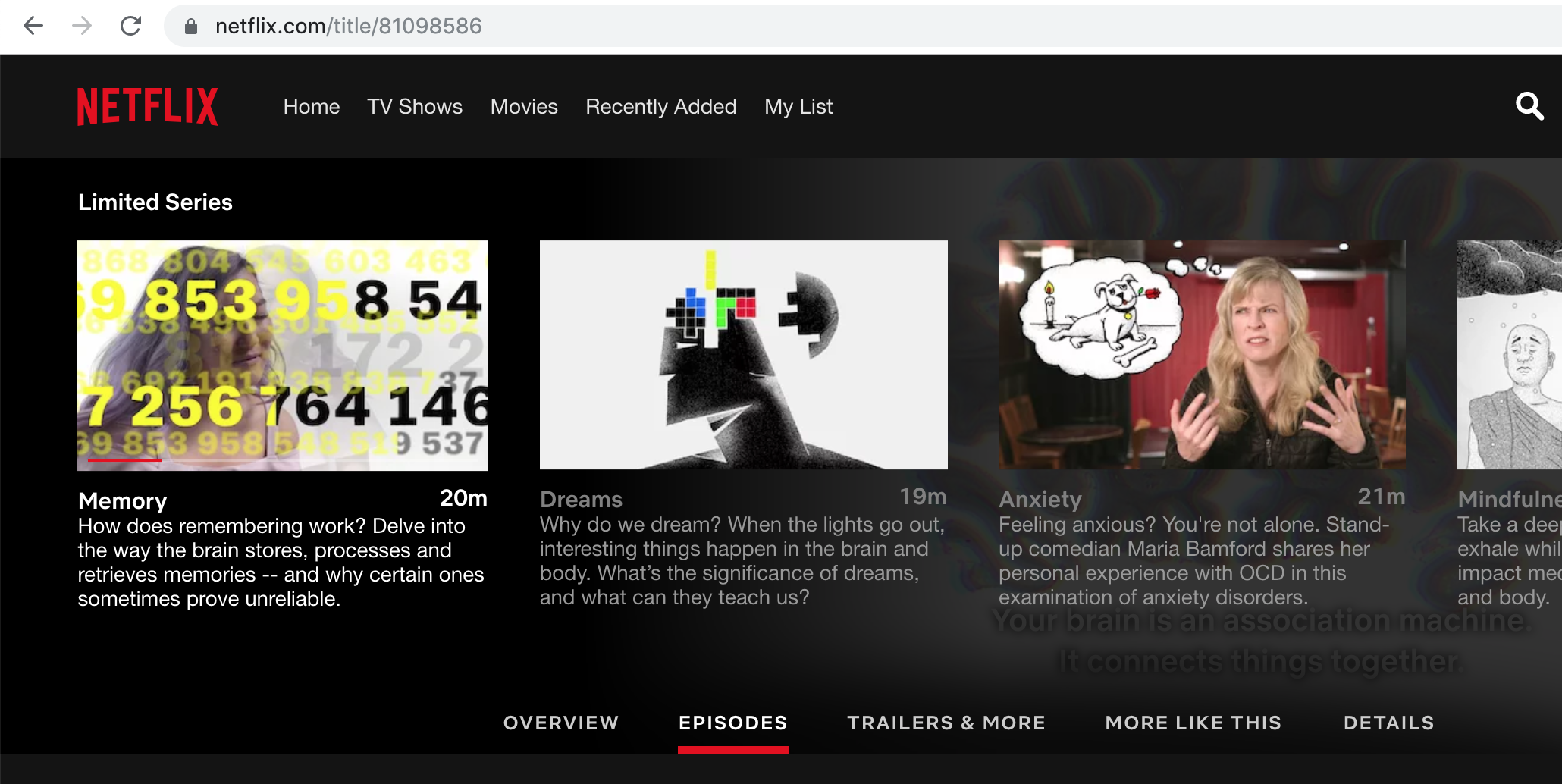
There’s a 20-minute episode of The Mind, Explained – on Netflix or YouTube. Watch it after this lesson.
What are your thoughts on the video “pacing?” How does it make you feel?
In conclusion
So! You can’t remember everything. But, a computer is never going to be able to remember their first kiss, or the ache in your legs, the wind, and the view as you reach a crest to complete an arduous hike… or how it feels to see an old friend after years.
BUT, it can remember a lot of stuff that you can’t. Boring stuff. Like, how many pounds of fish came off all 201 boats each day for 24 years. Let’s save our memories for the important stuff, and let the computers do the boring tasks. Know which is which – and how to leverage that power.
Exercises
-
What are the most important memories?
Try and draw out a complex memory using mind-maps, brain-storms, lists or whatever types of things you can think of.
-
What parts of that memory do you think other people could relate to?
What words, attributes, or concepts in your drawn-out memory would other people understand and relate to? Why do you think they would? What are some ideas you have that other people don’t share? Why would they be different to different people?
-
Ask a few friends if they can remember being a baby
See what they say and report back to us in our next meeting.
Checklist
Sometimes it’s really specific. But on days like this, it’s just about spending some time.
-
Watched the video.
-
You’ve spent some time thinking about what things are “long-term” memories and what things are “short-term” memories.
-
You’ve thought of a few examples of things a computer could never do and a few examples of a few things a human would never want to do.
-
You’ve taken a little time to think about the core words compute and calculate, and you can cite some examples of “computing” before electronic computers were created.
-
You drew a diagram of a memory in a slightly complex way that shows the relationships to the various people, places, things and concepts in the memory.
-
All done! Great job! Now… go do something fun tonight!